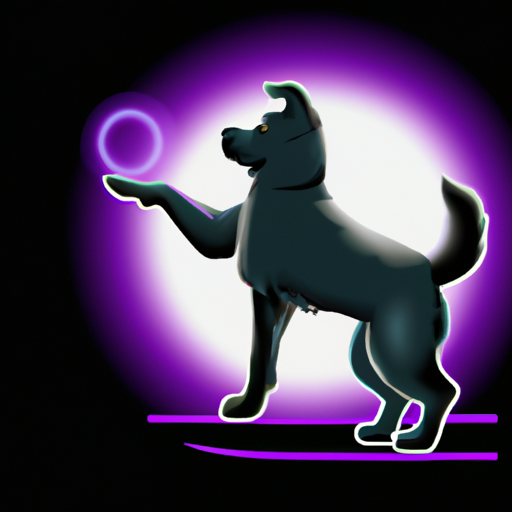Understanding Your Dog’s Anatomy
Hello there, caregiver! It’s time for a deep dive into the fascinating world of your dog’s anatomy. Just like humans, dogs too have elbows, but they’re not where you might think. In dogs, the elbow is located on the forelimb, just like in humans. It’s part of the ‘leg’ that’s closest to the body, right below the chest area.
To find it, start by running your hand along the inside of your dog’s forelimb. You will feel a bony prominence – that’s the elbow!
Why is it Important to Know Where Your Dog’s Elbow is?
Knowing where your dog’s elbow is can be beneficial for various reasons.
- Health Checks: Regularly checking your dog’s elbow can help detect any abnormalities or injuries early.
- Grooming: Grooming around the elbow area can be tricky. Knowing exactly where it is can help avoid unnecessary discomfort for your furry friend.
- Understanding Body Language: Dogs often use their bodies to communicate. Knowing their anatomy can help you understand their body language better.
Common Elbow Problems in Dogs
Dogs are prone to a number of elbow-related health issues, especially large breeds. Here are some common ones:
- Elbow Dysplasia: This is a developmental disorder resulting in abnormal growth of the elbow joint, causing pain and limping.
- Pressure Sores: Also known as calluses, these occur when dogs lie on hard surfaces, causing the skin over their elbows to thicken and harden.
- Infections: Dogs can get skin infections around their elbows due to a variety of reasons, including allergies or wounds.
| Problem | Symptoms | Treatment |
|---|---|---|
| Elbow Dysplasia | Limping, discomfort, limited movement | Surgery, anti-inflammatory medications |
| Pressure Sores | Hardened, discolored skin | Soft bedding, elbow pads, topical creams |
| Infections | Redness, swelling, discomfort | Antibiotics, cleaning the wound |
How to Care for Your Dog’s Elbows
Proper care of your dog’s elbows can prevent many of the problems mentioned above. Here are some tips:
- Regularly check your dog’s elbows for any abnormalities.
- Make sure your dog has soft bedding to lie on.
- Be gentle while grooming around the elbow area.
- If you notice any issues, consult a vet as soon as possible.
FAQ
Q: Do all dogs have elbows?
A: Yes, all dogs have elbows. It’s a part of their skeletal anatomy.
Q: Can dogs get arthritis in their elbows?
A: Yes, dogs can develop arthritis in their elbows, which can cause pain and reduced mobility.
Q: How can I tell if my dog’s elbow is hurting?
A: If your dog is limping, unwilling to move, or showing signs of discomfort, it could indicate a problem with their elbow.
Q: What can I do to prevent elbow problems in my dog?
A: Regular checks, soft bedding, gentle grooming, and immediate vet care when needed can help prevent elbow problems.
Q: Should I be worried if my dog has a hard spot on their elbow?
A: Hard spots, or calluses, are common in dogs but should be monitored. If they crack or bleed, consult a vet.
Remember, as a caregiver, your understanding and attention to these details can make a world of difference to your four-legged companion’s overall health and happiness.



